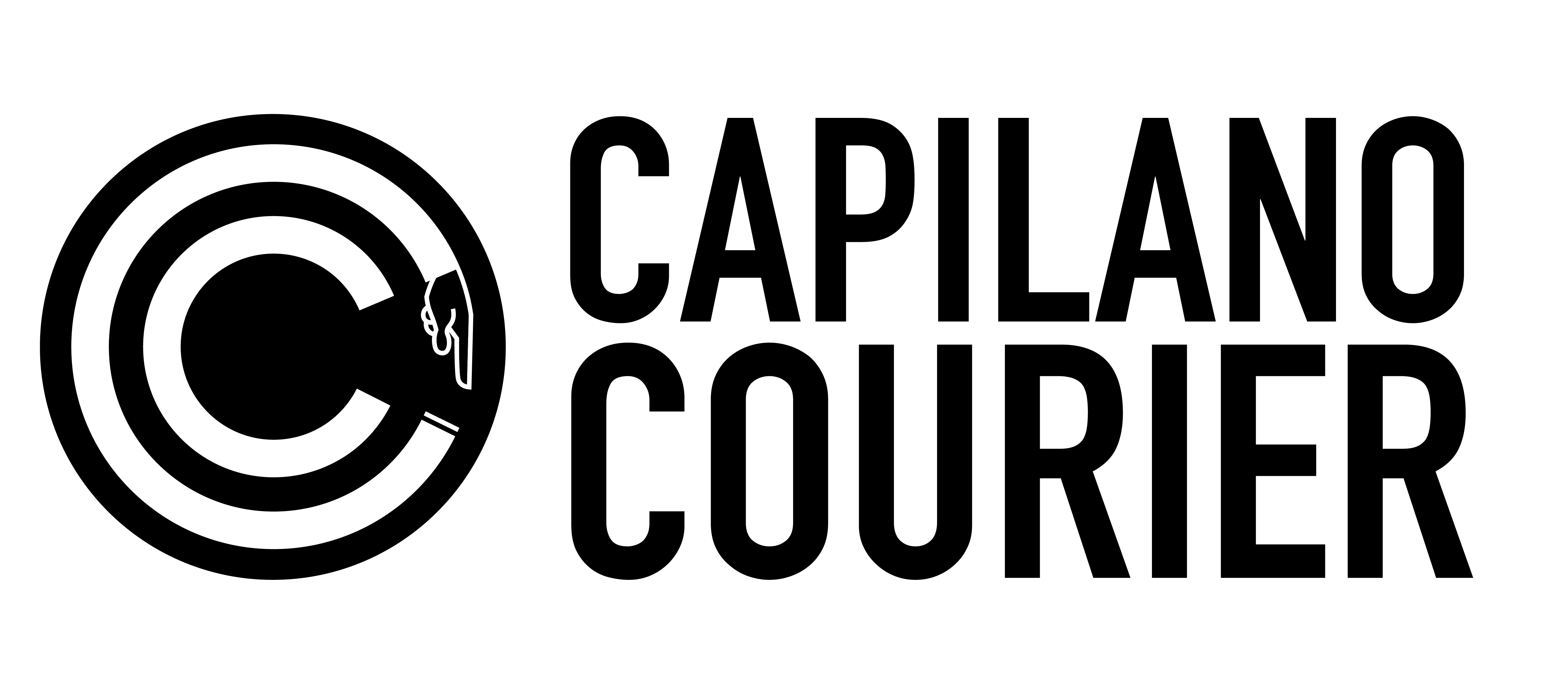Behind the process of recycling in BC and how CapU plays a part.
Ren Zhang (they/them) // Contributor
Xaviery Roxas // Illustrator
A coffee cup with the last dredges of a London Fog. A cardboard pizza box stained with grease. A Tetra pak juice box with a straw still lodged inside. They all meet as one in the same campus recycling bin. There are fast decisions made by students every day, where a hand plays a claw game with the sorted bins of compost, recycling and landfill—often giving up and putting the offending object into whatever they see first. The memory vanishes as soon as they step away. Would it be too much to place the blame on the consumer, however, when the recycling and waste processes are almost mystical in nature? When it feels like everything is set up to fail? What’s the point anyway? Isn’t everything being dumped regardless?
It is easy to despair with these kinds of thoughts, but consumers in British Columbia can be reassured to know that B.C. is making strides in leading the charge for innovative recycling systems in Canada.
Recycling systems, and waste systems in general, are complicated. They vary from municipality to municipality, and numerous companies, organizations, the government, and even informal recyclers are involved at every step of the process. The difference for B.C. is a small but powerful shift: manufacturers are responsible for the recycling of the materials they produce. This is called the Extended Producer Responsibility, or EPR, which formed the basis for the BC Recycling Regulation introduced in 2004. This gives an incentive for companies to design and streamline products to use less packaging and be easier to process in recycling plants. It helps create accountability and social responsibility for the impact of businesses on the land.
EPR has been effective: Recycle BC, a non-profit organization that handles all residential paper and packaging recyclables, reported an 86.2 per cent recovery rate across all materials within the recycling system in 2022. Detailed in that same report, 98 per cent of plastic packaging processing in the system remained in B.C., as opposed to overseas shipping. In addition, according to a CBC article with a spokesperson from Recycle BC, British Columbia has a contamination rate of 6 per cent—contamination being the presence of food, other pollutants, or unrecyclable materials making a recyclable load unable to be processed—compared to a 25 per cent contamination rate that is common in places such as Toronto and Edmonton. This lower rate of contamination means that more of B.C.’s waste can be recycled.
Other recyclables are often under the care of stewardship agencies, which are non-profits formed by producers to fit within EPR principles enforced by the law. There are many in B.C., covering paint to lightbulbs. Some common ones include Return-It, which handles beverage container recycling, and Tire Stewardship BC, a program known for tire recycling.
All of this work is in an effort to move towards a circular economy. This term describes the idea that waste and pollution is phased out and every product is made with materials that are already available, rather than extracting new materials from the Earth. A circular economy creates products designed to be reused, repaired and recycled.This system would ideally be restorative and sustainable, hence the idea of a circle.
At CapU, our process starts at the brightly coloured multi-bins found around campus.
From there, what’s collected is picked up by GFL Environmental, a waste management and environmental services company. What’s in the paper and plastic bins are transported to a material recovery facility (MRF). Here, the materials are loaded onto conveyor belts to start the sorting process. This involves manual and machine sorting to separate different materials. After items are organized, similar materials are baled or tied together to be shipped to recycling end markets where they are processed into pellets, shredded material, fibre for clothing or other woven items and other building blocks for new products to be made.
Unfortunately, the situation at CapU is less than ideal. “Placing waste in the wrong bins is considered a major concern,” says Nedu Ossai, a CapU site manager.
Contamination of a bin means that the contents might all go to a landfill. This problem is exacerbated by the fact that proper sorting is not supported by the current system. “Students have no means to rinse plastics,” Adrian Refeen, a facility manager writes—this rinsing is often a crucial step for materials to be viable for recycling.
“In terms of solutions, I would say having a sustainability [class] (SUSM 101) could be something the university should consider as a general orientation course,” continues Ossai.
Some of the most egregious offenders for landfills are drink cups. At CapU, students can rinse
coffee cups and plastic cups for cold drinks and put them into the blue bin. Cup sleeves can be put into the yellow bin that is designated for mixed paper and cardboard.
Despite the importance of recycling, it is the least effective ‘R’ of Reduce, Reuse, Recycle in saving our planet. Even better than students sorting recycling is reducing the amount of waste coming into collection. This might look like bringing a reusable cup to get Tim Hortons coffee in, or bringing lunch to school. For the university, better labeling, the introduction of a pre-recycle rinsing system and education around recycling, or a sustainability course in general could be a step forwards in this eco-friendly journey.
More information about what can be recycled can be found at https://recyclebc.ca/.





